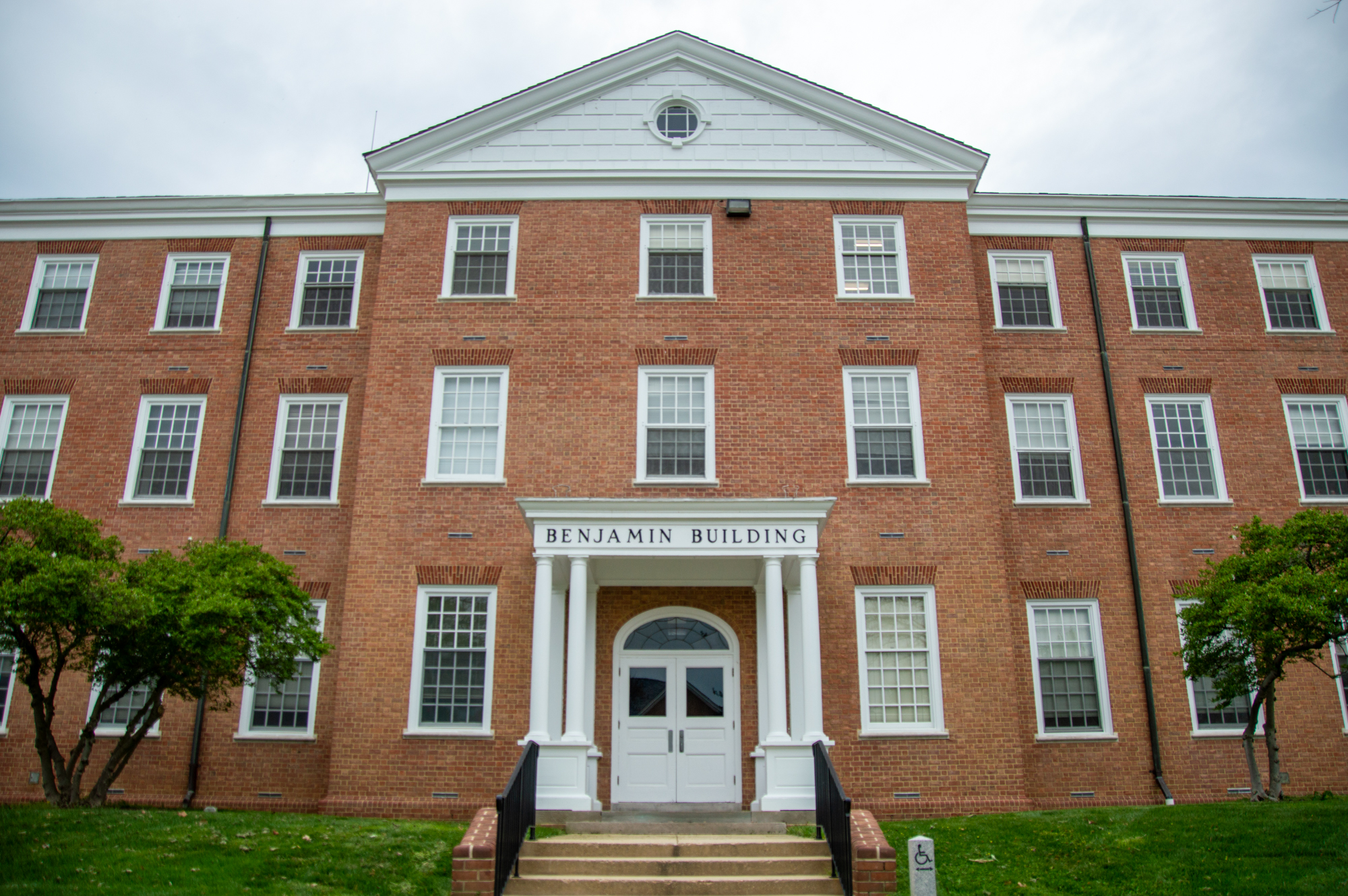Views expressed in opinion columns are the author’s own.
As schools reopen across the country, it’s imperative children are able to recover the academic, social and cognitive development they missed out on due to over a year of social isolation. This developmental gap is difficult for many children, but significantly worse for children with disabilities. Not only has the pause of in-person learning harmed children with disabilities, but there’s also a nationwide shortage of special education teachers who are sorely needed as kids return to in-person instruction.
These instructors play a crucial role in the education system but are too often left without the necessary resources to sustainably continue their profession. In order to close this gap and ensure children with disabilities are taken care of, it is necessary for local, state and federal officials to invest in solutions that will incentivize more people to become special education teachers.
Currently, many public schools in the Washington, D.C., area are reporting critical shortages of special education teachers. These shortages existed before the pandemic, however, the recent coronavirus-driven wave of “resignations, retirements and workload increases” throughout has made this shortage even more dire. This shortage is exacerbated for high-poverty school districts, 90 percent of which struggle to staff well-qualified special education instructors.
Among the most popular reasons explaining the lack of special education teachers are stressful working conditions, low pay and insufficient professional support. These issues stem from the stress of having to single-handedly tailor instruction plans for multiple students with disabilities at once, as well as the chronic lack of social and financial support that many educators receive — especially special education teachers.
When faced with these barriers, it’s difficult to entice more people into joining this field. There’s no reason to imagine this long-standing shortage will go away anytime soon. However, there are several steps government officials can take to remediate this shortage.
Some experts point out investing in special education teachers needs to start with K-12 and secondary education. It is crucial we get rid of the limiting, counterproductive beliefs that children with disabilities need to be completely segregated from their peers in a way that makes those children feel isolated and inherently flawed.
Furthermore, integrating neurotypical kids and kids with disabilities fosters a learning environment where children are encouraged to help one another, ask for help and think about how they learn best. In many cases, accommodations that help children with disabilities benefit neurotypical children as well. If children are taught from a young age to value and assist their peers with disabilities, it is likely more students will grow to be interested in special education professions.
Additionally, fostering interest in special education could then be paired with scholarships and practical learning opportunities for students to obtain degrees and proper training and certifications to become special education instructors. This could send a message to instructors and children with disabilities that special education is a priority — especially in the context of closing developmental gaps left by the pandemic.
And while funding for education is an issue encompassing support for special education instructors, it’s necessary for schools and governments to provide higher salaries, interpersonal professional support and accessible training for special educators throughout their tenures. Our educators shape the next generation, so there is no reason for education to be underfunded or for educators to lack psychological and staff support. This goes the same for special educators — children with disabilities need to stop being left behind when we discuss improving our education system.
As we “return to normal” and reopen schools, we can’t leave behind children with disabilities. When we consider how to help students climb out of a pandemic-induced learning gap, kids with special needs need to be a top priority. Ultimately, looking out for special needs students benefits everyone, because it not only creates more collaborative classroom environments, but it also ensures that all educators are supported and able to deliver a quality education. This in turn would create a more compassionate society we all deserve.
Caterina Ieronimo is a junior government and politics major. She can be reached at ieronimocaterina@gmail.com.



